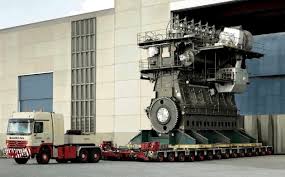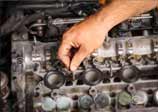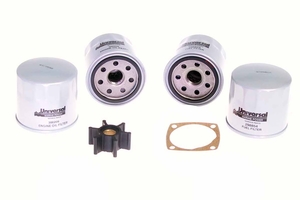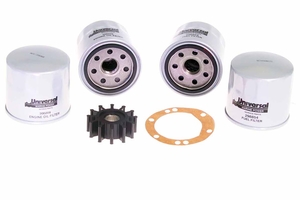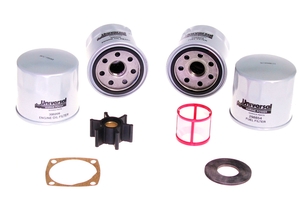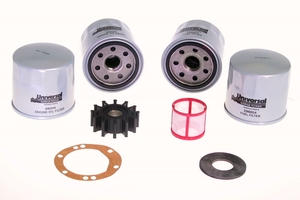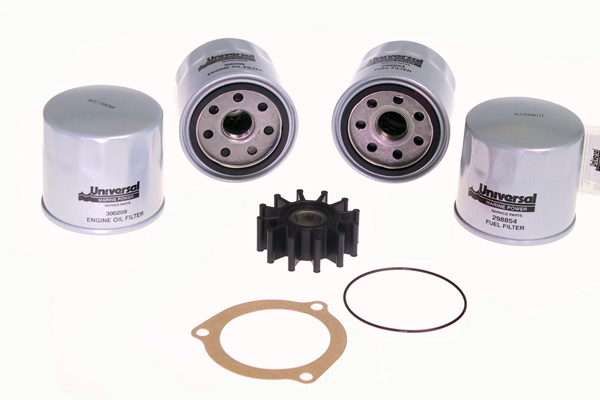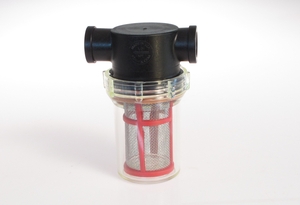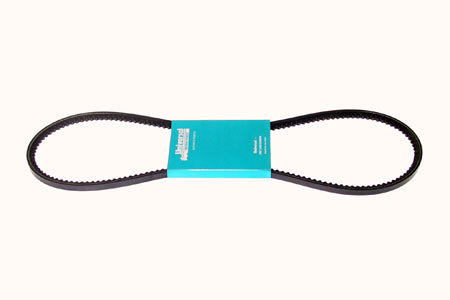The Universal Diesel engines used in most Catalinas are so reliable that we begin to take them for granted. But, since lives may depend upon that little engine, we must be able to trust that it will start every time, regardless of the conditions. Only proper maintenance provides the best odds that your engine will be available when you most need it.
Although we are not engine experts, a bit of research has provided a list of items you should carry aboard as spares. Most are obvious, a few are a surprise.
There is not a big profit margin available on engine parts so we can't offer any of the screaming deals found on some of our other products. But the same research reveals we are at least price competitive and you can save shipping cost by including engine maintenance items with your routine order for your Catalina. Order our maintenance kits and you will save even more. Since you're spending more dollars, we can afford to take a smaller margin and still make some money. And our maintenance kit provides a group of spares necessary for a safe voyage.
Below is a periodic maintenance schedule as specified for the M12, M2-12, M18, M25, M25-XP, M320, M35, and M50 engines. Newer engines (M25-XPB for example) have somewhat longer maintenance intervals. Check your owners manual.
| Factory recommended routine maintenance: | |
| Every 75 hours (at least once each season) | Change engine oil and oil filter. |
| Every 100 hours (at least once each season) | Change fuel oil filter
Change transmission oil |
| | Check V-belt tension. 1/2" deflection.
Check electrolyte levels in battery.
Check engine mounts bolts and lock nuts for looseness, and rubber for wear.
Check engine and shaft alignment annually or if vibration is noticed under power.
Check all cables for tightness and location to proper positioning.
Check for clean tight engine ground connection to block.
Check all fuel and water lines for tightness or replacement. |
| Additional routine maintenance based on our experience: | |
| At least once each season | Clean fuel pump filter (and replace as necessary)
Check electrical connections (particularly the ground) to the electric fuel pump
Replace the zinc in the heat exchanger |
| At the end of each season | Top up the fuel tank and add and an additive to the fuel to prevent algae growth |
| Spares you should always have aboard: | |
| | Lube oil filter*
Fuel oil filter*
Fuel pump filter*
Fuel pump filter gasket*
Water pump impeller*
Water pump impeller gasket*
Sacrificial zinc
V belt
Raw water strainer cup, stainless strainer, & "O" ring
2 qts of engine lube oil
1 qt transmission oil
1 gal 50/50 coolant mix
* Included in our spares kit |



